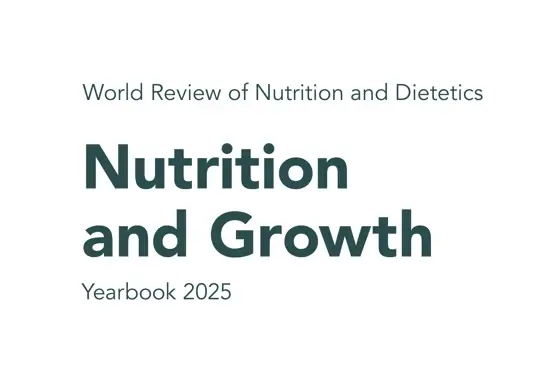Life-saving fruit and vegetable diet need only be three portions

New research reveals daily dose of just 375g of fruit, vegetables and beans are sufficient to reduce risk of stroke, heart disease or premature death, and could help low-income consumers wolfing down a mountain of fruit and vegetables every day offers no more benefit in staving off death than eating just three to four portions, researchers have found, adding that the findings could have important ramifications for those on low incomes. The World Health Organisation currently recommends individuals eat at least 400g of fruit, vegetables and legumes – plants such as peas and beans – each day, although recent studies have suggested as much as 800g should be consumed to reduce the risk of stroke, heart disease and premature death.
But the latest study, drawing on data from more than 135,000 participants all over the world, has revealed that eating as little as 375g can be sufficient – a quantity corresponding to three 125g portions as by measured by the US Department of Agriculture, or just under five portions judging by the WHO definition of 80g each. The researchers say the findings could prove valuable for those from low or middle-income countries where fruits and vegetables are expensive, noting that the extra quantity needed to meet WHO targets can put a substantial strain on individuals’ finances. “That 25g [difference] is about 2% of total household income in low-income countries,” said Victoria Miller, first author of the research from McMaster University in Canada.
However, she added that doesn’t mean we should stop striving for a diet high in fruit and veg. “In western countries like North America and Europe we don’t want to suggest that [people] should start eating less fruit and vegetables – we think that it is part of an overall healthy diet and there is benefit from eating more.” Writing in the Lancet, the international team of researchers describe how they recruited participants over a 10-year period from 2003. All were free of cardiovascular disease and were aged between 35 and 70 years old, with their locations spanning 18 countries including the west, the Middle East, China, Africa and south-east Asia, where little data has previously been collected. When enrolled, participants were quizzed on their frequency of eating various foods, including region-specific dishes, allowing the researchers to determine the quantity of fruits and vegetables – and corresponding nutrients – eaten each day. Fruit juices, as well as potatoes and other tubers including cassava, were excluded. The participants were followed for between 5.5 and 9.3 years, with their health tracked at least every three years.
Taking into account a host of factors including participants’ age, sex, education, smoking status and physical activity, the results reveal that eating a combination of fruit, vegetables and legumes helps lower the risk of dying from non-cardiovascular diseases such as cancer, as well as the overall risk of death. Fruit consumption alone was also linked to a reduction in the risk of cardiovascular death. But the team found the greatest impact was for those who ate between 375g and 500g a day, with a reduction in overall risk of death by 22% compared with those who ate less than 125g a day. No further reduction in risk was seen when even more fruits and vegetables were eaten. The team say the findings chime with those from the study that suggested eating 10 portions of fruit and veg a day, pointing out that study found that beyond eating about 400g a day, only modest addition health gains were observed.
While the researchers admit the study had its limitations, not least that participants were only asked once about their fruit, vegetable and legume eating and that different methods for cooking vegetables weren’t taken into account, they say the study could prove valuable to those living in low-income countries or on a tight budget. “Even a small reduction from 400g to 375g a day may have important implications on household spending and food security in poorer countries,” the authors note. Writing in an accompanying editorial, Estefania Toledo and Miguel Ángel Martínez-González from the University of Navarra welcomed the research but said that it was important to consider fruit and vegetables as part of a wider diet. “Increased consumption of fruits and vegetables should be at the expense of reducing other foods and drinks, such as sugar-sweetened beverages, red and processed meats, saturated and trans fat, refined cereals, and sugar-rich desserts,” they write, “not in isolation or as a mere addition to the rest of the dietary pattern.” Salim Yusuf, DPhil et al. Fruit, vegetable, and legume intake, and cardiovascular disease and deaths in 18 countries (PURE): a prospective cohort study. The Lancet, August 2017
If you liked this post you may also like


Shedding light on cow's milk in the first year of life

Long term human and economic impact of early child inadequate feeding

Children’s diets – the greatest determinant of global health